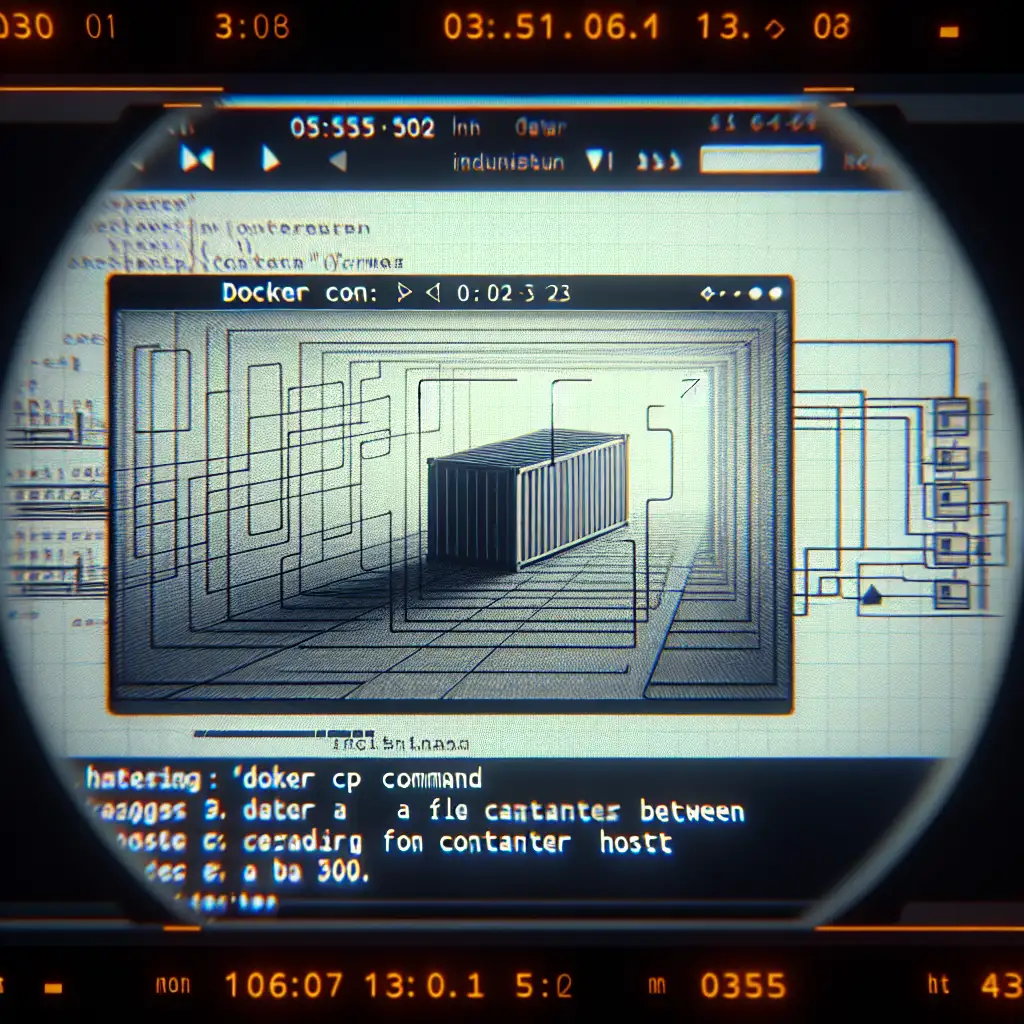Mastering Docker: Efficient Techniques to Copy Files from Container to Host
When working with Docker containers, one common task developers face is transferring files from the container back to the host machine. Whether you're debugging an application by pulling out logs, extracting generated data, or simply need to inspect files without rebuilding images, knowing how to quickly and reliably copy files from a container can save you a lot of frustration and time.
Forget complex volume setups or unnecessary Dockerfile tweaks; this post will walk you through the straightforward commands and practical strategies to grab files from inside a live Docker container, fast and without hassle.
Why Copy Files from a Container?
Before diving into commands, let’s quickly understand why this skill is essential:
- Debugging: Access logs or intermediate files generated inside the container.
- Data Extraction: Export processed data or results for further analysis on the host.
- Backup & Auditing: Save configuration or database snapshots living inside containers.
- Integrations: Move artifacts out of ephemeral containers into your host environment for deployment or testing.
The Most Direct Way: Using docker cp
Docker offers an elegant built-in command docker cp that copies files/folders between host and container. It's simple, no fuss — and works whether your container is running or stopped.
Basic Syntax
docker cp [OPTIONS] CONTAINER:SRC_PATH DEST_PATH|-
docker cp [OPTIONS] SRC_PATH|- CONTAINER:DEST_PATH
To copy files from container to host:
docker cp <container>:/path/inside/container /path/on/host
Example 1: Export a Log File
Suppose your running container is named myapp-container, and you want to copy /var/log/app.log from inside the container to your desktop:
docker cp myapp-container:/var/log/app.log ~/Desktop/app.log
Result: The log file now exists on your desktop exactly as it was inside the container.
Example 2: Copy an Entire Directory
You can similarly copy directories. For instance, to pull /app/output folder with all its contents:
docker cp myapp-container:/app/output ~/Desktop/output
This will replicate the directory structure on your host.
Identifying Your Container
If you don’t know the exact name or ID of your container, list all running containers:
docker ps
Output example:
CONTAINER ID IMAGE COMMAND CREATED STATUS PORTS NAMES
a1b2c3d4e5f6 myapp:v1 "python app.py" 3 minutes ago Up 3 minutes myapp-container
Use the CONTAINER ID or NAMES in place of <container>.
Tips for Reliable Copies
- Permissions: Ensure the file inside your container is readable. If not, you may need to adjust permissions temporarily.
- Running/Stopped Containers: You can copy files even if the container isn’t running – just reference its stopped container name/ID.
- Avoid Volumes If You Don’t Need Them: While volumes are great for persistent data sharing between host and container,
docker cpis perfect when you want a quick manual file extraction without setup overhead. - Large Files or Multiple Copies: Be patient if copying large directories; progress isn’t shown but it’s working. For repeated copying in development, consider mounting volumes instead.
Bonus: Copying Files Back Into Containers
Although our focus is exporting files from the container to host, keep in mind docker cp works in both directions:
docker cp /path/on/host myapp-container:/path/inside/container/
Useful when tweaking configuration files or injecting resources into a live instance.
Summary Checklist
When you need fast access to files inside your Docker container without fuss:
- Identify running containers with
docker ps. - Run:
docker cp <container>:/path/in/container /destination/path/on/host - Verify file exists on host.
- Adjust permissions if necessary inside the container before copying.
- Repeat as needed — no volume setup required!
Mastering this approach means less headache juggling complex volume arrangements or rebuilding images for file retrievals — just straightforward access at your fingertips.
Next time you need something from your Dockerized environment, remember this simple but powerful command line trick!
If you found this helpful, follow along for more practical Docker tips aimed at everyday developer workflows!
